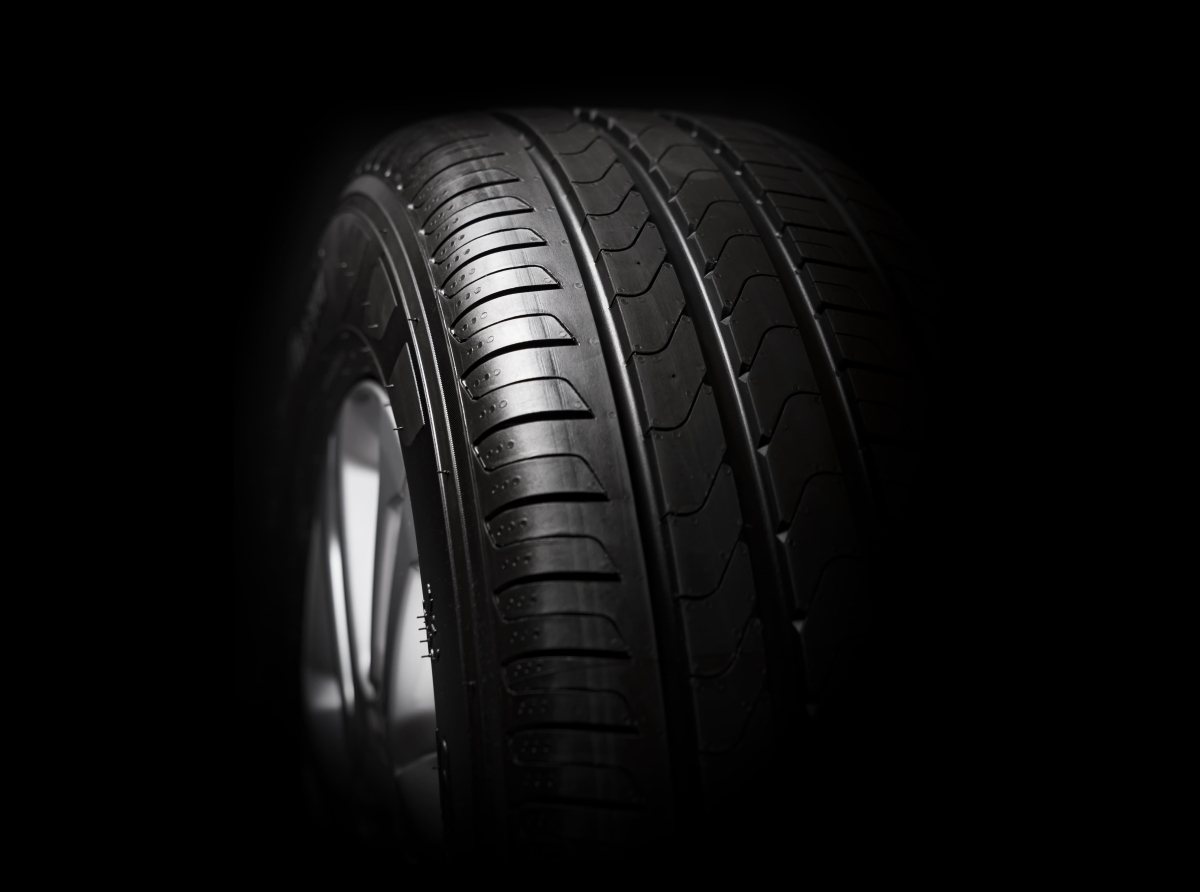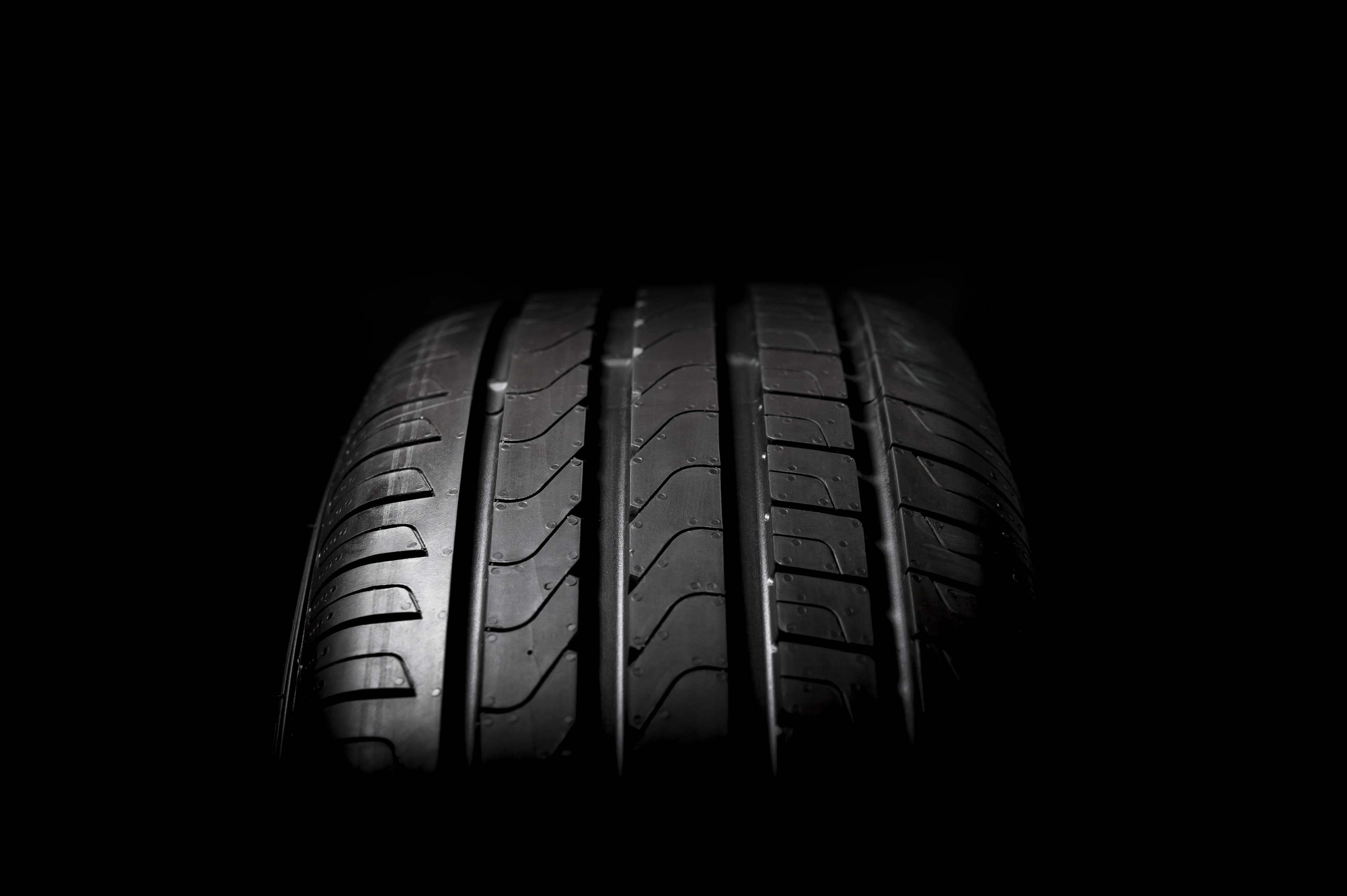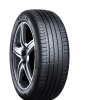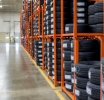Tires
Nexen introduces its new N Priz S tire
It’s new tire season!

The fall winter tire season is one of the busiest in the automobile maintenance industry. It’s understandable — it comes with deadlines or, worse, serious consequences brought on by Mother Nature. But summer tire season, while not as impactful, remains important nonetheless.
The basic rules
It’s up to professionals to properly advise their clients. The issue here is their safety and that of their passengers. Don’t hesitate to remind them that their safety rests on just four contact patches barely bigger than the palm of a hand.
If their car or light truck came equipped with high-speed-rated performance tires or if their truck was designed with tires capable of carrying a minimum load, discourage them from opting for lower-capacity, cheaper tires. Instead, recommend purchasing replacement tires that are identical to those the vehicle was originally equipped with.
Regular touring or performance tires?
Most vehicles come from the factory with conventional touring tires often identified as “all-season.” These types of tires are perfect for most driving, even in the rain or during the first cold or snowy days. But as soon as the cold settles in (or when the law requires it), it’s time to switch to winter tires.
If the car was originally equipped with performance or UHP (Ultra High Performance) tires that have reached the end of their service life, replace them with the same type — not cheaper, lower-end ones. That’s because the vehicle, even if it doesn’t necessarily have a “sport” designation, will have been designed with suspension and steering components made to work in harmony with more specialized tires offering superior handling. If you’re only replacing two of the four tires (because the other two are still usable), don’t forget to install the new ones on the rear, even if the car is front-wheel drive. Indeed, while the driver has steering assistance in the front to help keep control of the vehicle, in the rear, only good grip can come to the rescue!
So-called “certified” tires
More recently, tire manufacturers have started offering tires known as “certified” for both winter and summer use. These can be identified by a more aggressive tread pattern and, most importantly, by a winter logo on the sidewalls (a mountain silhouette with a snowflake in the center). Clients who don’t drive frequently may be able to keep these tires on year-round.
Tires for electric vehicles
More and more tire manufacturers are offering tires specifically designed for electric cars (and trucks), which are heavier and, in many cases, more powerful. For some, these will look like regular production tires but made quieter thanks to added interior insulation to dampen road noise. For others, these will be specific products built for greater durability. Naturally, they will be identified accordingly.
Light truck tires
In general, most light trucks are designed to run on conventional tires often similar to passenger car tires. Some have been slightly modified for that use and are identified accordingly, often with the SUV designation.
Many trucks or SUVs come equipped with more robust tires identified by the LT designation (“light truck”), and they will show a load-carrying capacity that must be respected. Never choose less robust tires, even if your client insists they never load the vehicle.
More recently, some trucks or SUVs have come to market with much more aggressive tires to enhance their off-road image. These are best replaced with similar (or superior) tires — but never softer ones. Once again, the vehicle’s suspension and steering components will have been designed to work effectively with that type of tire.
As for “off-road” (All-Terrain) “certified” tires good for both winter and summer, look again for the mountain silhouette with a snowflake in the center!

By Rosie-Anne Martel & Éric Descarries

L'Automobile Magazine
News
Business Directory



 En
En  Fr
Fr 


